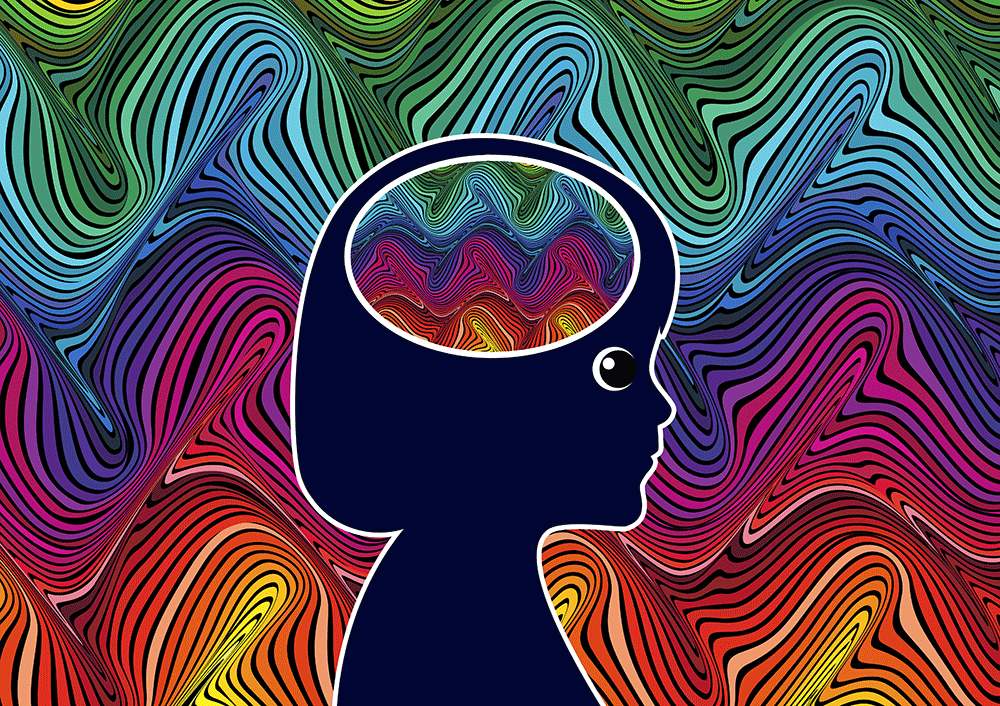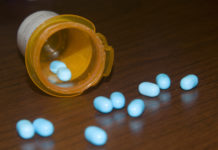October is Attention Deficit/Hyperactivity Disorder (ADHD) awareness month, and this year’s theme is “Knowing is Better.” So we delved into the oldest and perhaps most popular ADHD med in the world: Ritalin.
The Centers for Disease Control and Prevention (CDC), reported that ADHD is one of the most common neurobehavioral disorders of childhood, and the number of children diagnosed with ADHD continues to rise – from 7.8 percent in 2003 to 11 percent in 2011. Approximately 10 million adults in America are affected by the disorder, which is characterized by impulsivity, inattention, and hyperactivity.
But is Ritalin the answer, or can it become a gateway drug? The answer is that it can be both.
Methylphenidate, or Ritalin, is a central nervous system stimulant that increases dopamine activity. It was first approved to treat severely depressed adults and geriatric patients during the mid-1950s. Ciba, the pharmaceutical company behind Ritalin, first advertised the drug using ‘before and after pictures’ of elderly patients who appeared to be in psychiatric institutions. Psychiatrists later learned that stimulants could improve children’s academic behavior and performance, and by ‘62 Ciba had received approval to market Ritalin to children. Critics have claimed that the company marketed the whole ADD/ADHD idea just as much as the drug.
“The drug is presented as a desirable, smart drug that will give you an edge or make you feel better. It’s unfortunate the way popular media misrepresents it,” said Elizabeth Austic, Ph.D. and researcher from University of Michigan Medical School. “People tend to glance over all the side effects, but people who really studied this drug and are familiar with the risks wouldn’t want to take it, or have someone they care about take it unless they really needed it.”
As prescriptions surge, so does abuse
The Drug Enforcement Administration (DEA) reported a 41 percent increase in ADHD stimulant prescriptions dispensed in the U.S., from 2007 to 2011. The DEA also determined that in 2006, 4.7 million people made non-medical use of stimulants, whereas 8.2 million reported such use in 2011.
Some patients are trying to manipulate the system to get a prescription, as well. A 2012 study found out that 22 percent of patients diagnosed with ADHD exaggerated their symptoms to doctors.
Ritalin can be habit forming and cause numerous dangerous side effects, like arrhythmias, but it does have the ability to improve cognitive performance in people who don’t have ADHD, which is why it’s widely used by students to boost their academic performance or to feel focused.
Academic achievement isn’t the only reason young people abuse Ritalin, though.
“People are mixing it with alcohol – to be able to drink more and stay up later,” Austic said. “A lot of young people use it for weight loss.”
Last year, Drug and Alcohol Dependence published a study led by Austic, which concluded that the highest rates for nonmedical use of… (continue reading)

















